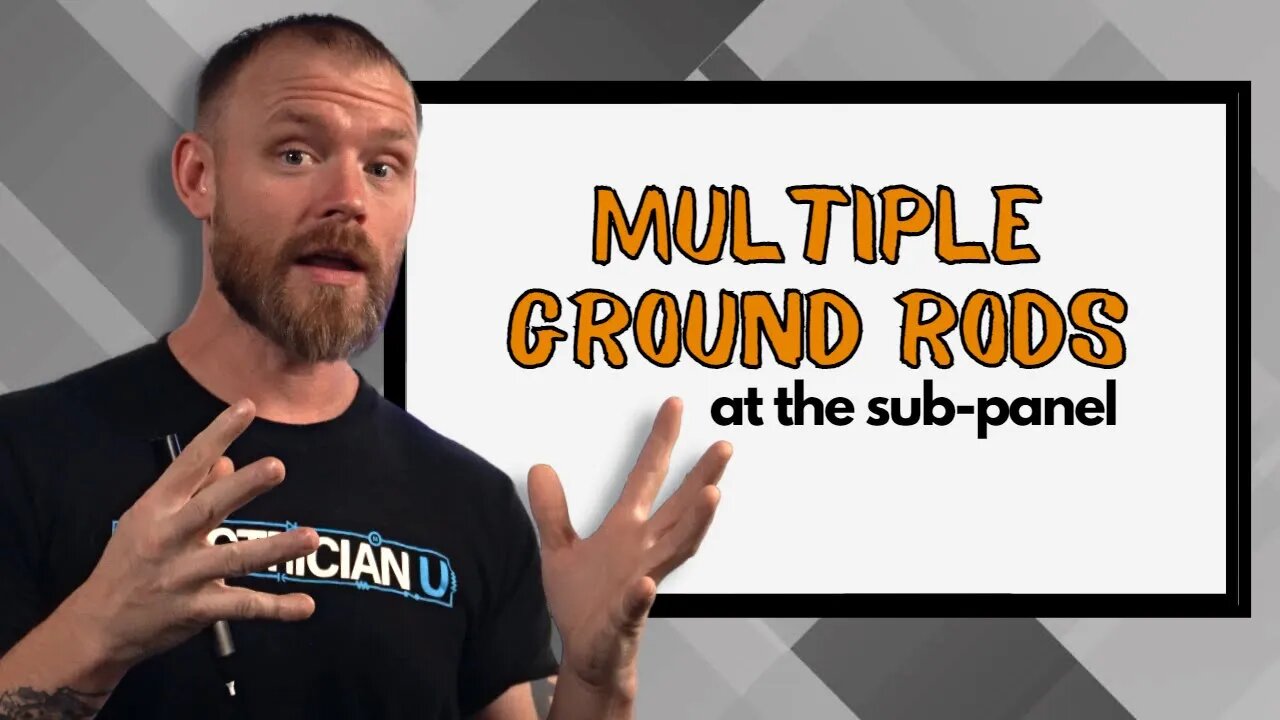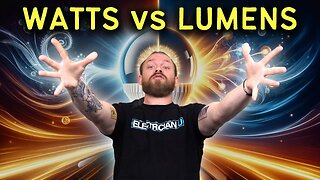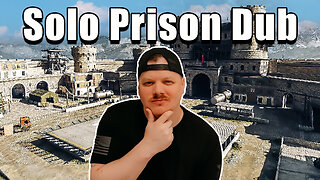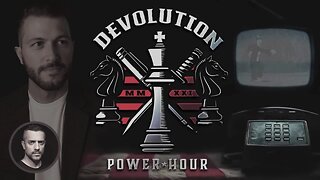Premium Only Content

Do We Need Separate Ground Rods for Each Sub Panel?
Join this channel to get access to perks:
https://www.youtube.com/channel/UCB3jUEyCLRbCw7QED0vnXYg/join
For us electricians that have been doing electrical work for any length of time, we know that we are to put a ground rod (or series of them) at the service panel/point. But can we put them at each additional sub panel, and should we? In today’s episode of Electrician U, Dustin brings some clarity to this topic.
🤘⚡️MEMBERSHIP⚡️🤘
JOIN ELECTRICIAN U - become a member and get:
FREE Continuing Education every year
FREE Practice Exams
FREE Monthly Video Courses
FREE Weekly Live Instructor-Led Classes
FREE Monthly Educational Newsletter
Premium Members-Only Content
Private Discord Channel
Monthly Members-Only Discord Chats
Sign up here --- https://www.electricianu.com/electrician-u-membership/
🎧🎹MUSIC AND VIDEO:🎹🎧
https://www.facebook.com/descantmv
🎬✍️ART AND ILLUSTRATION:✍️🎬
https://www.daverussoart.com
The easiest answer to the question is yes! Article 250 of the NEC does NOT disallow putting additional ground rods at each sub panel. You could put several at each one, provided that they are 6 feet apart from one another. And in some locations around the country, additional ground rods may even be needed if the resistance from one ground rod is not enough. But in order to answer the question fully, let’s talk a bit about the neutral/ground bond first.
The neutral is bonded to the ground at our main service panel, and this is done for a very good reason. As current needs a complete loop to work, this bond is necessary if something goes awry in the system, it provides a complete loop back to source so the breaker (or fuse) can do its job and trip. If the neutral and ground weren’t bonded together, there is a chance that the errant electrical energy could be present in areas that we don’t want it in, causing damage to property and person, while the breaker doesn’t sense anything. The amount of amperage sensed in this scenario (due to the resistance of the ground) is so high, the breaker has no alternative other than to trip. And that’s the point!
So, knowing now that this neutral/ground bond in the service panel is a good thing, why then don’t we do it at every sub panel? Well, if we did, that would give that errant electrical energy MORE than one path to get back to ground, and we would have a real mess in more than one area. As ALL the grounds and ALL the neutrals are joined together (separately) at each sub panel, and if the neutral and ground were bonded together at each sub panel, then you can see the number of places that that errant energy would be allowed to go! So, we keep it to the service entrance only, leaving only one path to return to source.
We DO have to run an Equipment Grounding Conductor to each separate sub panel, and these are all linked together as part of our grounding system. This keeps all metal (conductive objects) within the electrical system effectively linked together. Again, without this, objectionable current could be allowed into places we don’t want it to go.
One important thing to remember is, the NEC is a document of minimums and maximums. The items discussed are the bare minimum requirements that the Code requires for the safety of property and person. If you want to go above and beyond, you are more than welcome to do so. In fact, many of us commercial electricians, electrical contractors, and wiremen do. If we do, we still must adhere to the Code as to how, and we CAN’T install LESS than the code allows.
We hope this has been an informative look into the use of ground rods at panels and the usage of the neutral/ground bond. Is there a topic you would like to see discussed on Electrician U? Please leave us a comment in the comments section and let us know. Please continue to follow Dustin and Electrician U as we are constantly updating our content to assist our followers in becoming the best electricians that they can be.
#electrician #electrical #electricity #do #we #need #seperate #ground #rods #each #sub #panel
-
 6:27
6:27
Electrician U
1 year ago💡 Watts vs Lumens: The New Lighting Standard You Need to Know! 💡
7.7K6 -
 9:46
9:46
MattMorseTV
14 hours ago $16.18 earnedTrump just SHUT DOWN a $287,000,000 FRAUD RING.
17.9K81 -
 15:48
15:48
GritsGG
16 hours agoWinning a Rare Solos Prison End Game on Warzone!
13.3K1 -
 11:37
11:37
The Pascal Show
16 hours ago $3.68 earnedTHEY WANT TO END HER?! Candace Owens Claims French President & First Lady Put A H*t Out On Her?!
11.7K17 -
 LIVE
LIVE
Lofi Girl
2 years agoSynthwave Radio 🌌 - beats to chill/game to
496 watching -
 24:30
24:30
DeVory Darkins
17 hours agoMarjorie Taylor Greene RESIGNS as Minnesota dealt MAJOR BLOW after fraud scheme exposed
78.7K126 -
 2:19:48
2:19:48
Badlands Media
1 day agoDevolution Power Hour Ep. 409: Panic in the Narrative — Epstein, Israel, and the Manufactured Meltdowns
172K62 -
 1:52:38
1:52:38
Man in America
14 hours agoCommunists VS Zionists & the Collapse of the American Empire w/ Michael Yon
78.9K67 -
 4:09:34
4:09:34
Akademiks
9 hours agoSheck Wes exposes Fake Industry. Future Not supportin his mans? D4VD had help w disposing his ex?
46.9K3 -
 6:43:43
6:43:43
SpartakusLIVE
13 hours agoTeam BUNGULATORS || From HUGE WZ DUBS to TOXIC ARC BETRAYALS
119K3